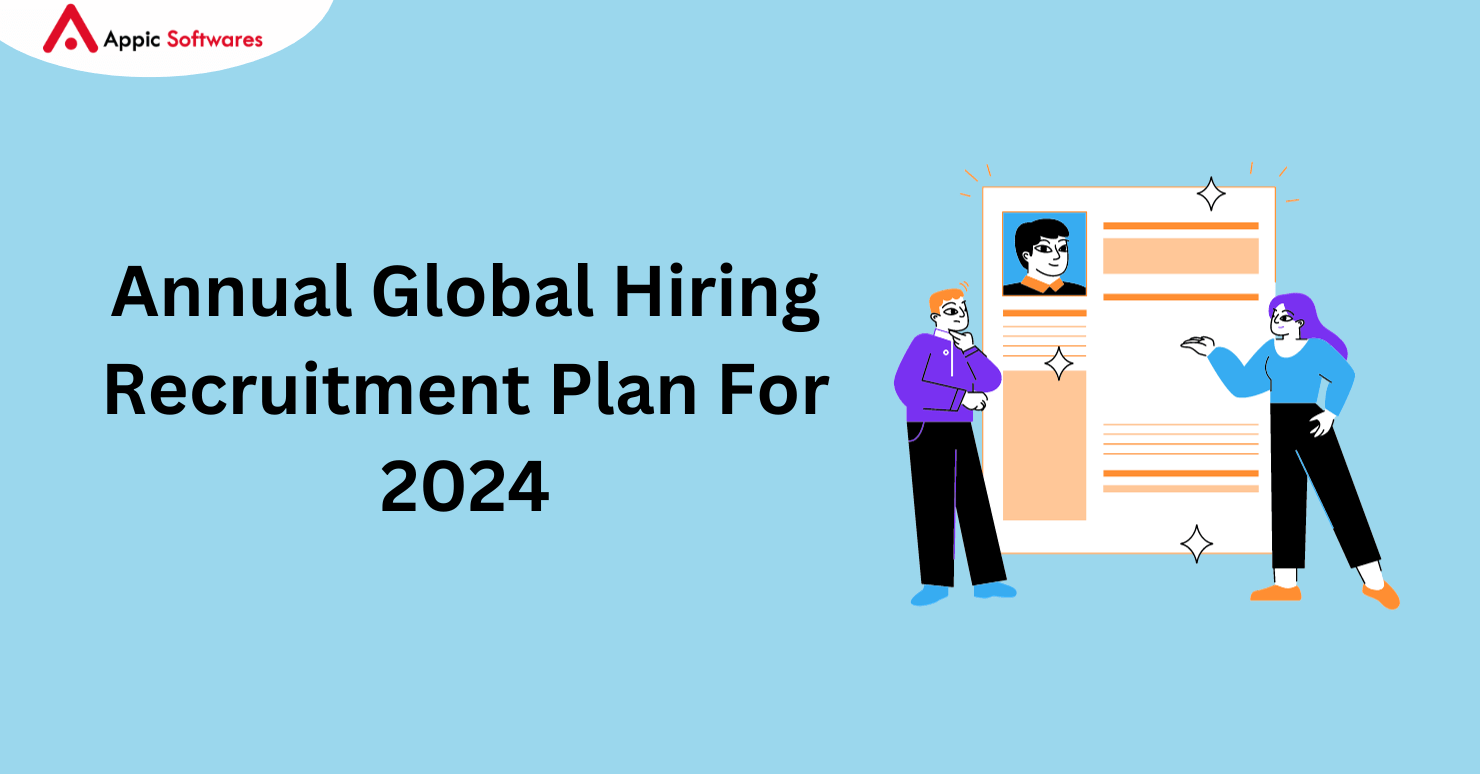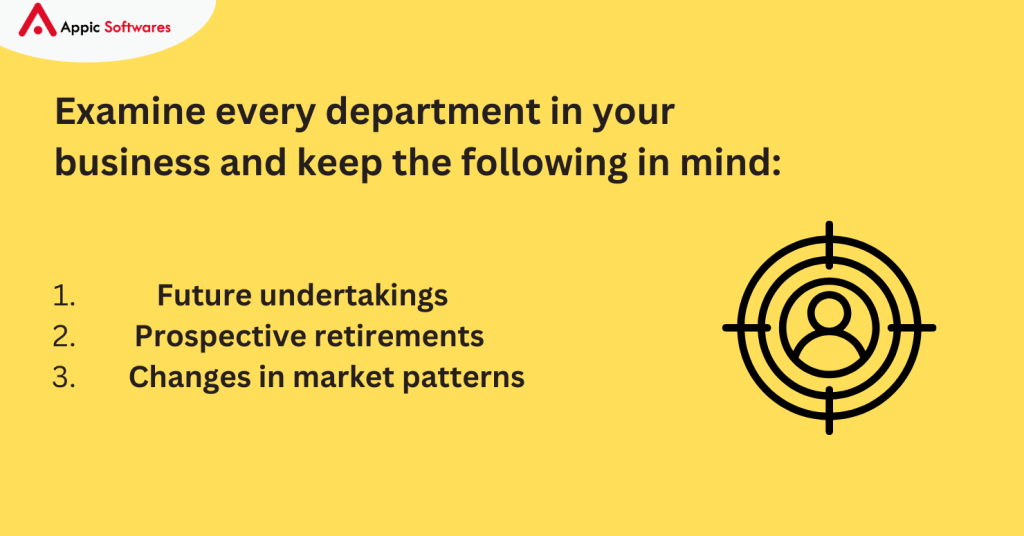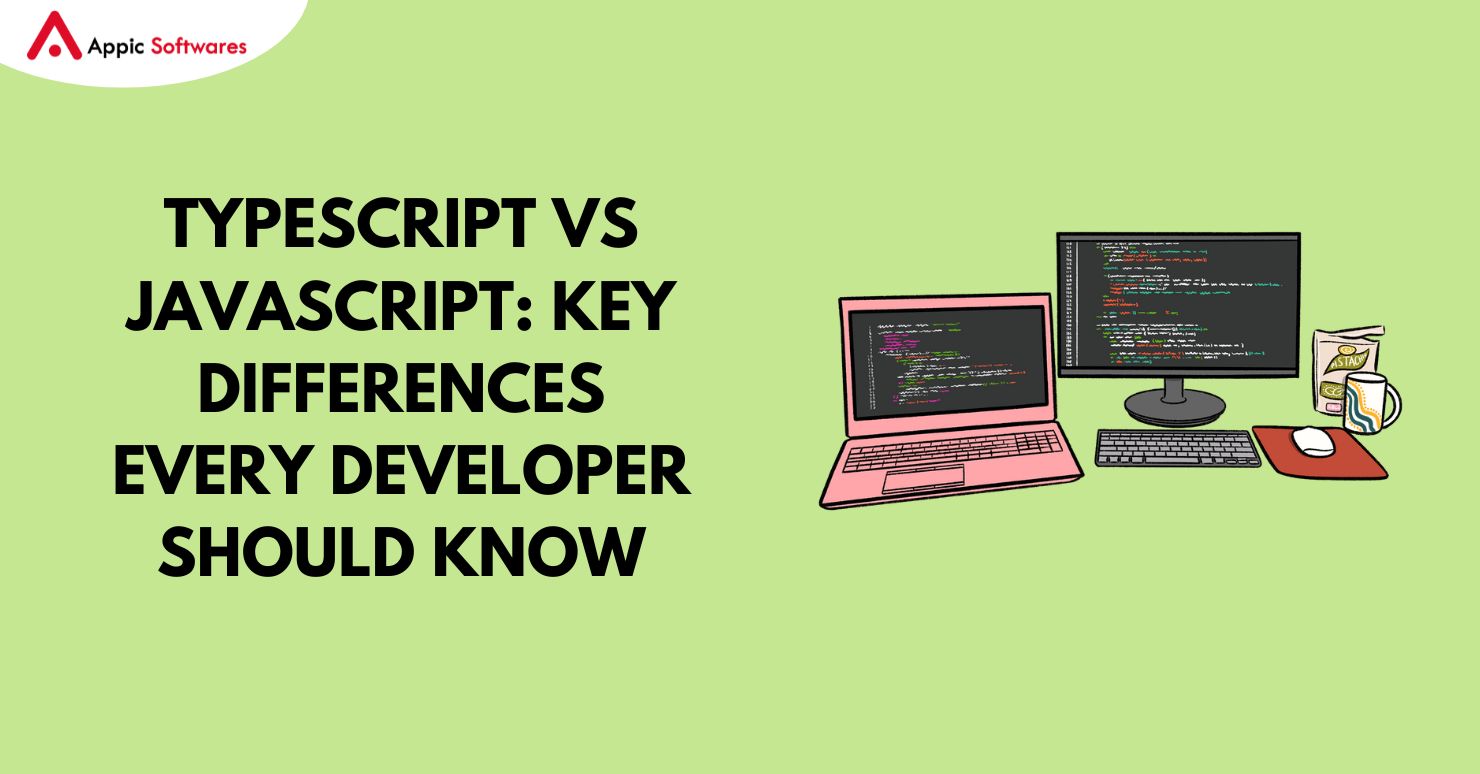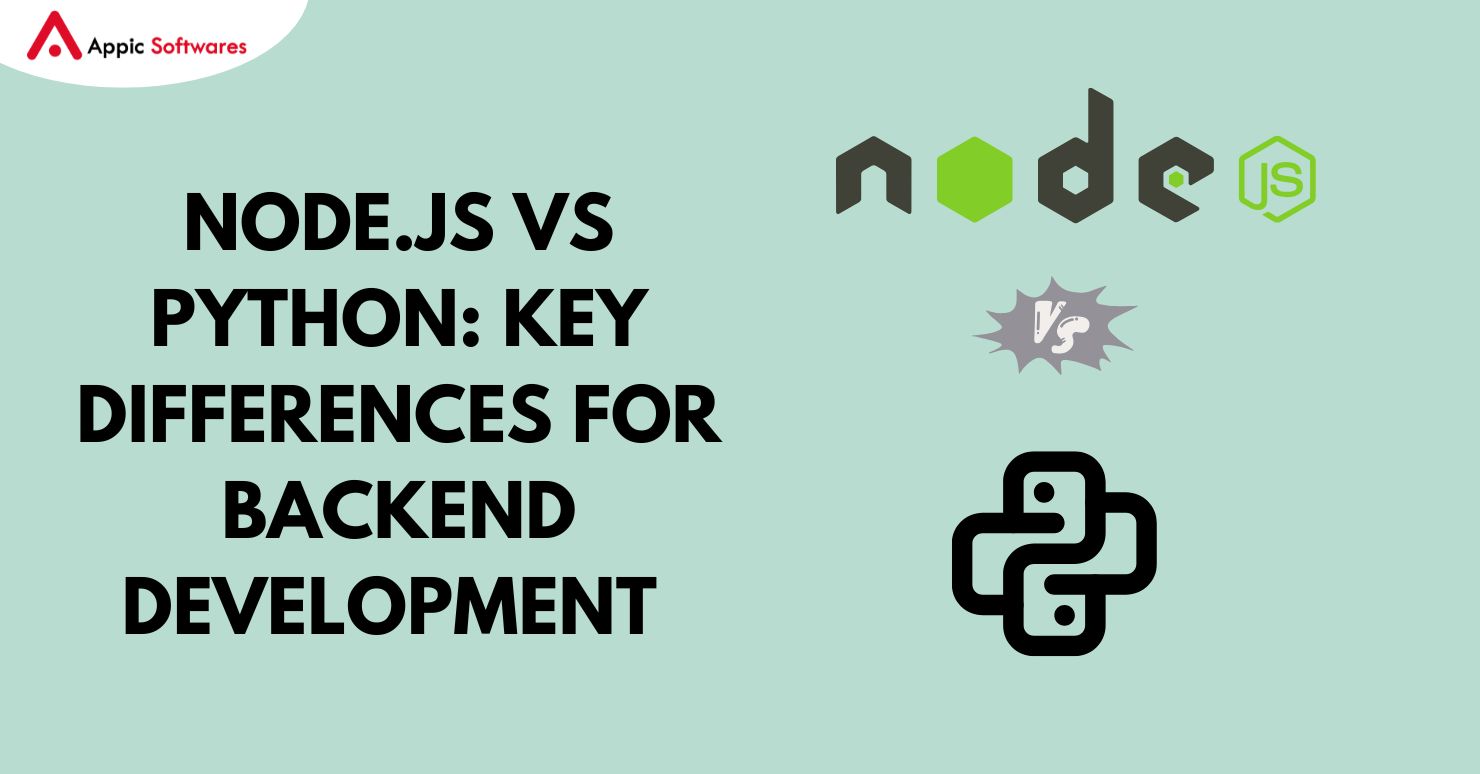
International hiring is a great opportunity for a lot of companies. It enables you to put together a team with expertise, diversity, and alignment with the mission and culture of your business.
However, assembling a world-class team can be challenging. Developing a successful worldwide recruitment strategy can seem overwhelming because there are so many cultural quirks, time zone variations, and legal considerations to take into account.
Fortunately, it is not necessary.
This guide will cover some of the most important digital hiring trends as well as how to draft and carry out a successful yearly recruitment plan. Additionally, we’ll offer some crucial pointers on luring and keeping top talent.
Understanding recruitment planning
We’ll start by going over the fundamentals of an annual recruitment plan, such as what it is and why you should have one.
What’s an annual recruitment plan?
An annual recruitment plan serves as a strategic roadmap for the hiring process at your business in the upcoming 12 months.
It’s a thorough action plan that describes how you will find, assess, and bring on the greatest candidates for your team.
This strategy directs HR managers in their search for qualified applicants using the following methods:
- Job descriptions
- channels for advertisements
- Procedures for selection
- Allocate funds
An annual recruitment plan is customized to the particular requirements of the position and company, outlining recruitment strategies and essential deadlines. It functions as a manual of instructions for all parties engaged in the recruitment procedure.
In the end, your yearly hiring strategy ought to:
- Establish defined roles
- Diminish ambiguity
- Boost overall effectiveness
A thorough plan also takes into account things like legal compliance, diversity and inclusion, and branding components that express the culture of your business.
Why do you need an annual recruitment plan?
An annual recruitment strategy is essential for a number of reasons, such as:
Effectiveness
A meticulously designed hiring strategy increases productivity by serving as a detailed roadmap. This clears up any confusion and gets rid of tedious work.
For instance, from the first screening to the last interview, Google’s hiring procedure is the same everywhere in the world. Consistency like this streamlines the hiring process for the company.
Making decisions quickly and with fewer delays is the outcome of carrying out a well-defined plan in this way.
Savings on costs
The average cost of a new hire in the US is estimated to be $4,683, although this figure is probably higher when indirect costs like onboarding and training are taken into consideration.
You can better manage your time and money with an annual recruitment plan, which will result in fewer unforeseen expenses and wasted spending.
Your hiring costs can be precisely estimated and managed by checking out our Pricing Plan!
superior candidates
Key talent markers are defined in a recruitment plan and include:
- roles in the workplace
- Ability
- Requirements
- Fit with the culture
This makes it more likely that you will draw in top-notch applicants by ensuring that your recruitment tactics match the unique requirements of your company.
adherence to regulations
A recruitment plan outlines the procedures you must follow to guarantee that hiring laws and regulations are followed, as well as to protect your company from potential legal issues.
Having a strategy in place that takes into consideration local labor laws, immigration laws, and ethical hiring practices is essential.
Annual recruitment plans for global companies
A global recruitment plan takes into account the extra, frequently particular difficulties associated with hiring people abroad.
The following are some considerations you should have in your plan if you are hiring overseas:
Various labor laws
Every nation has its own set of labor laws that govern things like wages, benefits, work hours, and employment rights. For example, while some nations do not require employers to offer paid vacation time, others require them to offer at least 20 days annually.
Language and cultural disparities
Decision-making processes, communication, and work styles are all impacted by cultural differences. By putting in place cultural sensitivity and language training programs, or even by adjusting your hiring procedure to fit local customs and expectations, you might want to lessen this in your plan.
Onboarding and remote interviews
Interviewing candidates all over the world and onboarding staff members who may never see their coworkers face-to-face are examples of global hiring.
To showcase and promote the culture of your business, your plan can develop compelling virtual onboarding programs and strategically plan mutually beneficial interview techniques.
consistent hiring procedures
No matter where you hire, your company’s standards, values, and expectations should never change.
Diversity in the Workforce
Creating a diverse team involves more than just selecting individuals from various backgrounds; it also entails utilizing a greater range of abilities, viewpoints, and experiences.
Diversity will naturally arise from a robust global recruitment strategy, but you can make it even more effective by fostering an inclusive and cooperative culture.
Embracing digital trends and technologies
It’s critical to comprehend and keep up with the most recent developments in the industry’s trends and technologies when developing an annual recruitment plan. Additionally, there has been a radical change in the way businesses handle hiring over the past ten years.
Since skilled workers are more attracted to the flexibility of remote and hybrid work, more businesses are forming distributed teams as a result of the rapid growth of remote work.
From a business standpoint, this enables organizations to access a global talent pool and a variety of perspectives and skills that can promote innovation and growth. Moreover, a remote-first configuration can frequently result in notable overhead cost savings and increased output.
Currently, the following are some of the major developments in remote hiring:
Data, data, and more data
By identifying bottlenecks, evaluating recruitment channels, and streamlining your hiring procedures, analyzed data can make your recruitment plan more strategic, effective, and efficient.
For instance, you may be losing out to your rivals on talent if a metric such as time-to-hire is excessively long. If your cost-per-hire is excessively high, you may also encounter financial difficulties.
Predictive analytics allows you to forecast future hiring requirements by analyzing past hiring data. For example, if your business is anticipating a significant sales push around the holidays, you can estimate how many temporary workers you’ll need and make plans appropriately.
Data can also be used for:
- Collect and evaluate candidate evaluations
- Examine the connections between performance and onboarding.
- Examine patterns and plan for future skill shortages.
- both foundational and developing technologies
The way that recruitment is done in the modern era is being shaped by a multitude of digital tools and platforms, including:
Applications for mobile devices
Appcast reports that in 2021, 67% of job applications were submitted via mobile devices, an increase from roughly 50% in 2019. This trend emphasizes how crucial it is for businesses to tailor their hiring practices to mobile consumers.
Systems for tracking applicants
For many companies, applicant tracking systems, or ATSs, are now the mainstay of the hiring process. With the help of an applicant tracking system (ATS), hiring teams can efficiently screen and contact a large volume of resumes.
synthetic intelligence
Many steps in the hiring process can be streamlined with the use of artificial intelligence (AI).
For example, AI tools can filter through a lot of applications and identify the best candidates with the correct training. They may even be able to forecast future performance and cultural fit in certain situations.
An additional AI tool for initial communication with applicants is chatbots.
There are also less evident uses. AI, for instance, can help eliminate unconscious biases from the hiring process, resulting in a workforce that is more inclusive and diverse.
Making the most of alliances
You might not otherwise have access to the kind of local legal, tax, and compliance knowledge and resources that you can with a strategic partnership. By doing this, you can reach a far wider range of talent without having to deal with confusing or foreign regulations.
How to create an annual recruitment plan
After discussing the “what” and “why” and taking a close look at current trends in recruitment, let’s get down to business.
Here’s how to create your annual recruitment plan, step-by-step:
Step 1: Recognize the goals and objectives of your business
Any effective hiring strategy starts with one fundamental component: a thorough comprehension of the goals and objectives of your business.
But it doesn’t imply learning mission statements by heart. Instead, it’s a thorough examination of the prospects for your business.
Step 2: Assess the staffing needs both now and in the future
The next step is to obtain a precise picture of your current workforce levels as well as an estimate of your future requirements.

Now is the time to gather information from project managers, department heads, and any pertinent HR data you may have. Along with identifying which roles need to be filled, you’ll be able to foresee any skill gaps that may arise as your business grows.
You can find candidates more proactively rather than reactively if you have a clear understanding of your needs. As a result, hiring scrambles at the last minute will take less time and money.
Step 3: Match your business objectives with your talent acquisition tactics
It’s time to develop your talent acquisition strategy now that you have a direction. For each role, specify the qualities and competencies you are looking for in a candidate. Make sure these job descriptions line up with the overarching business objectives you mentioned in the first step.
Work closely with your hiring managers to help them comprehend these overarching business objectives, and periodically review and modify your approaches in response to changing goals.
Step 4: Recognize how employer branding affects hiring
It is imperative to utilize employer branding as you start to formulate a well-defined recruitment vision.
Good employer branding reaches beyond outward appearances to the core of your company’s identity. It presents an idea to which prospective team members can contribute.
It’s a big recruiting factor as a result. Studies show that employees want more and more that their jobs reflect their personal values; in fact, 60% of people give organizational beliefs and values top priority when selecting a place of employment.
Effective branding provides potential employees with a clear understanding of your company’s mission, values, and methods of operation. It also allows candidates to determine whether your values align with their own.
Step 5: Create an engaging brand story
It’s crucial to keep in mind that, when creating your job ads, you’re selling more than just a job description and organizational objectives—you’re selling an opportunity to join your company. This entails emphasizing the candidate’s potential direct impact.
Step 6: Get ready for your interview.
Virtual interviews are essential if you’re hiring on a global (or even domestic) scale. This entails taking into consideration the difficulties that come with communicating on screens, like:
- Errors in technology
- fewer obvious nonverbal clues
- Possible causes of diversion
Think about ways to help your candidates have a positive experience during the process, like providing them with guides and help materials beforehand and making sure your instructions and process are as clear-cut and uncomplicated as feasible.
Step 7: Use industry standards when conducting remote interviews
Generally speaking, you can conduct two different kinds of virtual interviews:
Real-time video conversations
Video interviews are a direct, like-for-like replacement for in-person interviews. They are typically held via a free, user-friendly platform like Zoom, Skype, or Google Meets.
Since it most closely resembles an in-person, face-to-face conversation, this is the preferred virtual interview format for the majority of companies.
It’s critical to make sure the interviewee and you have a reliable internet connection and that any outside distractions—like background noise and location—are minimized.
video interviews conducted in one direction
Candidates participate in one-way video interviews, answering questions live on camera before turning in the tapes. Typically, these interviews take place in the initial screening stage.
This method can enable you to:
- Create parity by using a standard format.
- Permit several managers to review and comment on candidates
- Give teams more time to review potential candidates
This can be an effective screening method if you anticipate receiving a high volume of applications for your open positions.
Step 8: Select the appropriate technologies and tools
Choosing the appropriate tools is essential to a successful virtual interview process.
In addition to the aforementioned widely used video conferencing tools, there are recruitment-focused websites like Spark Hire and HireVue. To handle time zone differences, you might also think about utilizing scheduling apps like Calendly.
Digital whiteboards or skill-testing platforms can be integrated if a more thorough evaluation of candidates is required. These can help with brainstorming sessions or technical interviews.
The candidate’s experience should always be considered when choosing the platforms and vendors you wish to work with.
Step 9: Recognize the legal framework in the places you plan to hire.
It’s critical to familiarize yourself with local laws in the area of your candidate when hiring abroad or in different states. These could consist of:
- contractual duties
- Benefits laws
- Hours of work
- international laws (like data protection regulations)
You risk breaking local laws if you don’t know about them, which could lead to disagreements in court or fines. At this point, it is wise to rely on the in-depth knowledge of a global HR partner that can guarantee compliance along the entire process.
Step 10: Use moral hiring procedures
Since inadvertent biases can affect remote teams, it’s critical to implement equitable hiring procedures. These may consist of:
- Sincere job descriptions
- Explicit communication regarding expectations
- standardized techniques for evaluation
Ensure that no irrelevant factors, such as gender, race, or location, are used as grounds for discrimination in your hiring process. This will guarantee a more varied pool of talent in addition to improving the reputation of your brand.
Step 11: Recognize and honor cultural variances
It’s important to engage with candidates from diverse backgrounds with empathy and understanding, even though they bring unique perspectives and ideas to the table.
Businesses can adopt a flexible culture by:
- observing national holidays
- Considering cultural norms
- Changing up communication methods as necessary
Measuring and evaluating remote recruitment
Like any plan, this one needs to be evaluated to see if it is effective. Here’s how to assess if your recruitment plan was successful or unsuccessful.
Important performance metrics
Analyzing your data will reveal a lot about how successful your recruiting is. You should comprehend the following key performance indicators (KPIs) to do this:
It’s time to hire
The period between the posting of a job and the acceptance of an offer is known as the “time to hire.”
A shorter period implies that your process is efficient, but a longer one can indicate issues with your hiring approach.
caliber of employment
The most important KPI may be the quality of the hire. It gauges the contribution a new employee makes to the business.
Development of this indicator can be done using metrics such as tenure and performance.
Expense per hire
A method of calculating the overall cost of hiring a new employee is called cost-per-hire. This covers the price of recruiting, advertising, and onboarding. Lower prices are generally advantageous unless they signify a quality compromise.
Acceptance rate of offers
The percentage of candidates who accept a job offer is represented by this rate. A low acceptance rate might suggest that there are problems with your hiring procedure or that your competitors are providing a more attractive package. A high acceptance rate, on the other hand, suggests that your offer is in line with market expectations.
early changeover
If a sizable portion of recently hired employees depart within a brief timeframe, there may be a discrepancy between the candidate’s expectations and reality. As an alternative, you might need to take a closer look at the onboarding procedure or the general state of your workplace.
Comments and ongoing development
One of the best ways to evaluate your recruitment strategy is to get direct feedback from applicants and hires. This will help you make continuous improvements to your recruitment plan.
Encouraging candidates, whether or not they are successful, to talk about their experiences can help identify what is and is not working.
Methods such as focus groups or post-interview questionnaires can be very helpful in pinpointing areas that require improvement. It’s critical to address these issues with these systems as soon as they are identified.
Attracting top talent
Attracting top talent is just as important as hiring new employees, and this is one of the main goals of a recruitment strategy. And to accomplish this, you must adopt a flexible mindset.
Here are some helpful pointers to add to your plan:
Make use of technology
Digital tools present a multitude of opportunities. For example, consider providing prospective employees with a virtual reality tour that depicts a typical day at your business. Items such as these can provide a distinctive viewpoint and effectively highlight your company’s culture.
Another useful technology is chatbots. They can respond to inquiries immediately, ensuring that deserving candidates don’t have to wait for straightforward answers.
Additionally, automation can guide applicants through the initial phases of the hiring process, keeping them informed and involved.
Make the hiring process enjoyable.
If appropriate, you can add game-playing components to your hiring procedure to enhance the fun and engagement of the process.
In addition to making the hiring process more interesting, gamification can reveal a lot about a candidate’s abilities and knowledge. As an example, you can:
- Use digital scavenger hunts to showcase the corporate culture.
- Use “speed interviewing,” which is the speed dating equivalent of interviews.
- Play out role-playing games.
- Compose inclusive job descriptions.
The wording in a job description can inadvertently deter some groups of people from applying. Companies can attract a wider and more diverse pool of candidates by using more inclusive language.
Any of the following can be implied by wording that is considered exclusive:
- a specific gender
- a specific age
that formal education holds greater significance than abilities
Establish a talent network
Building a relationship with talented people before hiring them is one way to draw in talent. Making connections with possible applicants ahead of time can help guarantee that the business has a pool of motivated, competent applicants on hand when a position becomes available.
LinkedIn and Twitter are excellent social media platforms for these kinds of interactions. Furthermore, arranging networking events or virtual “open houses” can promote relationships and highlight the culture of your business.
Hire globally with Appic Softwares
Many of the procedures outlined in this guide can be challenging, particularly for smaller companies wishing to hire foreign workers. It can be challenging to comprehend the tax and labor laws of several different nations, and making a mistake can result in penalties and fines. For this reason, collaborating with a reputable worldwide HR specialist such as that of Appic Softwares is highly advised.
For teams that are dispersed across borders, Remote provides a wide range of HR services, such as:
- Hiring and Orientation
- Worldwide HRIS
- EOR offerings
- worldwide payroll
- worldwide advantages
- Management of contractors
- Transfer
Conclusion
Our yearly global hiring and recruitment plan for 2024 offers businesses looking to draw in and keep top talent globally a strategic road map. Businesses can navigate the competitive landscape and ensure a strong and effective hiring strategy that supports their goals by utilizing expert insights and practical steps.
Moreover, if you are looking for a company through which you can hire dedicated developers, then you should check out Appic Softwares. We have pre-vetted developers that can help you gain the most out of your software. So, what are you waiting for?








